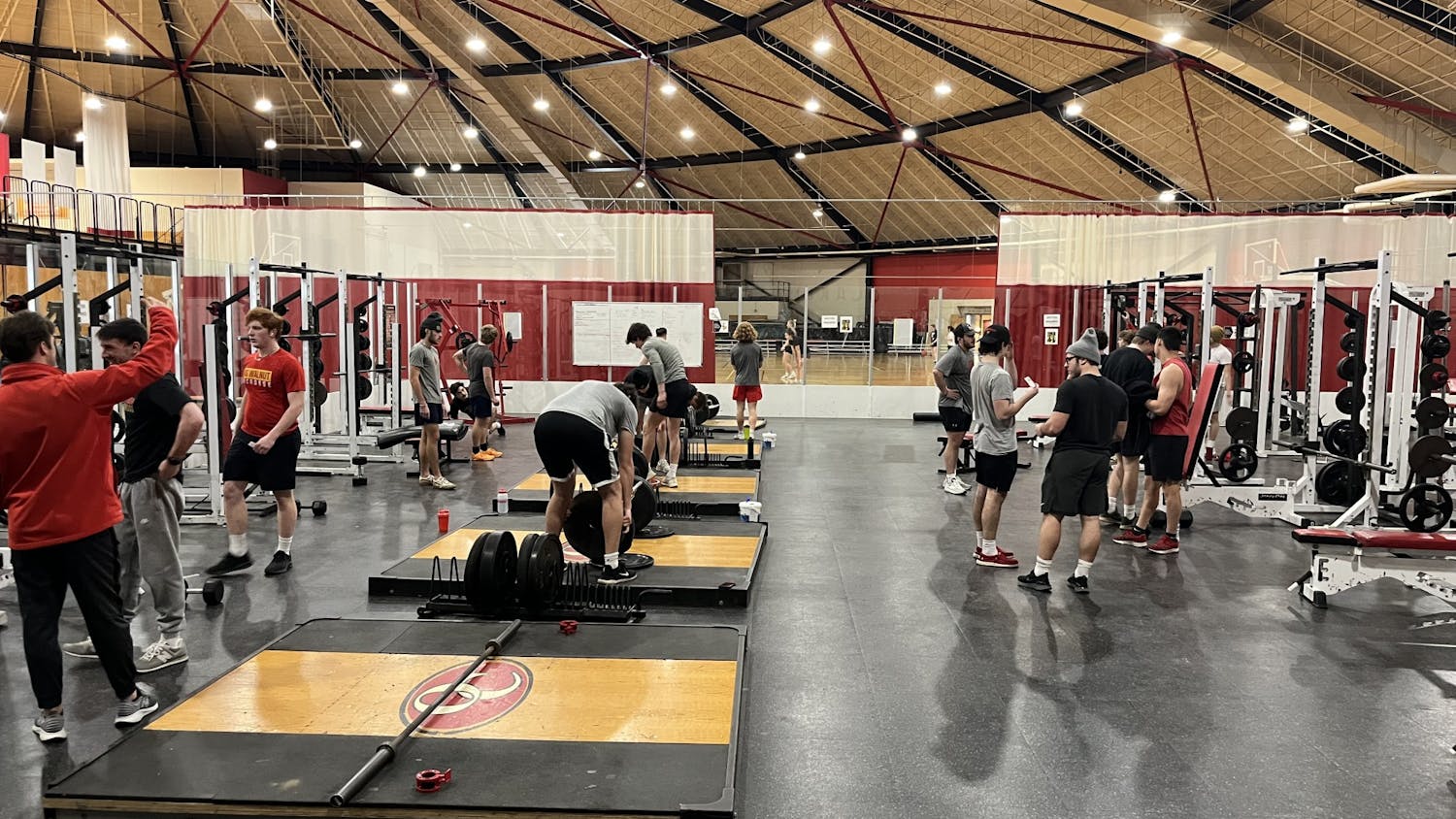When Otterbein student athletes suffer a concussion, what are their options?
Head football coach Tim Doup said he has seen a rise in the number of concussions, which are brain injuries caused by blows to the head. “The game is faster, and the athletes are more physical.”
Chuck Goodwin, Otterbein’s head athletic trainer, said that the university has steps in place for properly diagnosing a head injury, helping the athlete recover and determining if the athlete is able to play again.
The university uses a cognitive-based computer system called ImPACT, Goodwin said.
“We baseline-test all our athletes with a moderate statistical chance for concussion,” he said. “So we don’t baseline golf, tennis, cross country or track athletes, except pole-vaulters.”
Once an athlete is diagnosed with a concussion, the athlete is told to rest until he or she is no longer showing symptoms. The athlete is told to sleep as much as possible; limit TV, cellphone and computer use; and take a break from classes.
After an athlete is symptom-free and cleared by a physician, he or she undergoes the five-step return-to-play procedure, where the athlete must complete physical exercise and full-contact practices without symptoms returning.
Goodwin said athletes occasionally lie about their symptoms so they can return to the field sooner but that doing so is adverse to the healing process.
“Our protocol will prevent them from being dishonest because they won’t be able to ‘fool’ the ImPACT system nor do the activity part effectively.”
According to the Nationwide Children’s Hospital website, some of the side effects of a concussion are headaches, dizziness, nausea, memory problems, loss of balance, double vision, anxiety, irritability and sleep disturbances. The website estimates that nearly 3.8 million people a year suffer from some kind of concussion while playing sports and that approximately 10 percent of athletes in contact sports have one each season.
The big risk to athletes after suffering a concussion is having a second or third concussion; that can often mean the end of an athlete’s career. Researchers at the University of Montreal have found impairments to movement and thinking skills 30 years or more after someone has suffered a repeat concussion.
A study released in February from researchers at Virginia Tech and Wake Forest University shows that most head injuries in youth football don’t occur during the games, but at practice.
Their research showed that some impact hits in youth football games registered at 80 G’s, which is similar to “some of the more severe impacts that college players experience, even though the youth players have less body mass and play at slower speeds.”
Researchers involved in the study called for a “complete elimination of high-impact drills that do not replicate game situations, such as drills where players are asked to line up and run right at each other.”
Both Doup and Goodwin think that under the proper supervision, young athletes should be allowed to play contact sports.
“It is up to the parents to decide at what age (their child) should start playing contact sports,” Doup said. “Some might start later than others.”
Goodwin added, “The problem isn’t young kids playing sports; it’s the adults who push them. Most of the public understands the importance, but it only takes one person ignoring obvious signs to make the whole thing worse,” said Goodwin.
“Bottom line, a concussion is a concussion is a concussion,” he said. “There are no more gray areas.”








